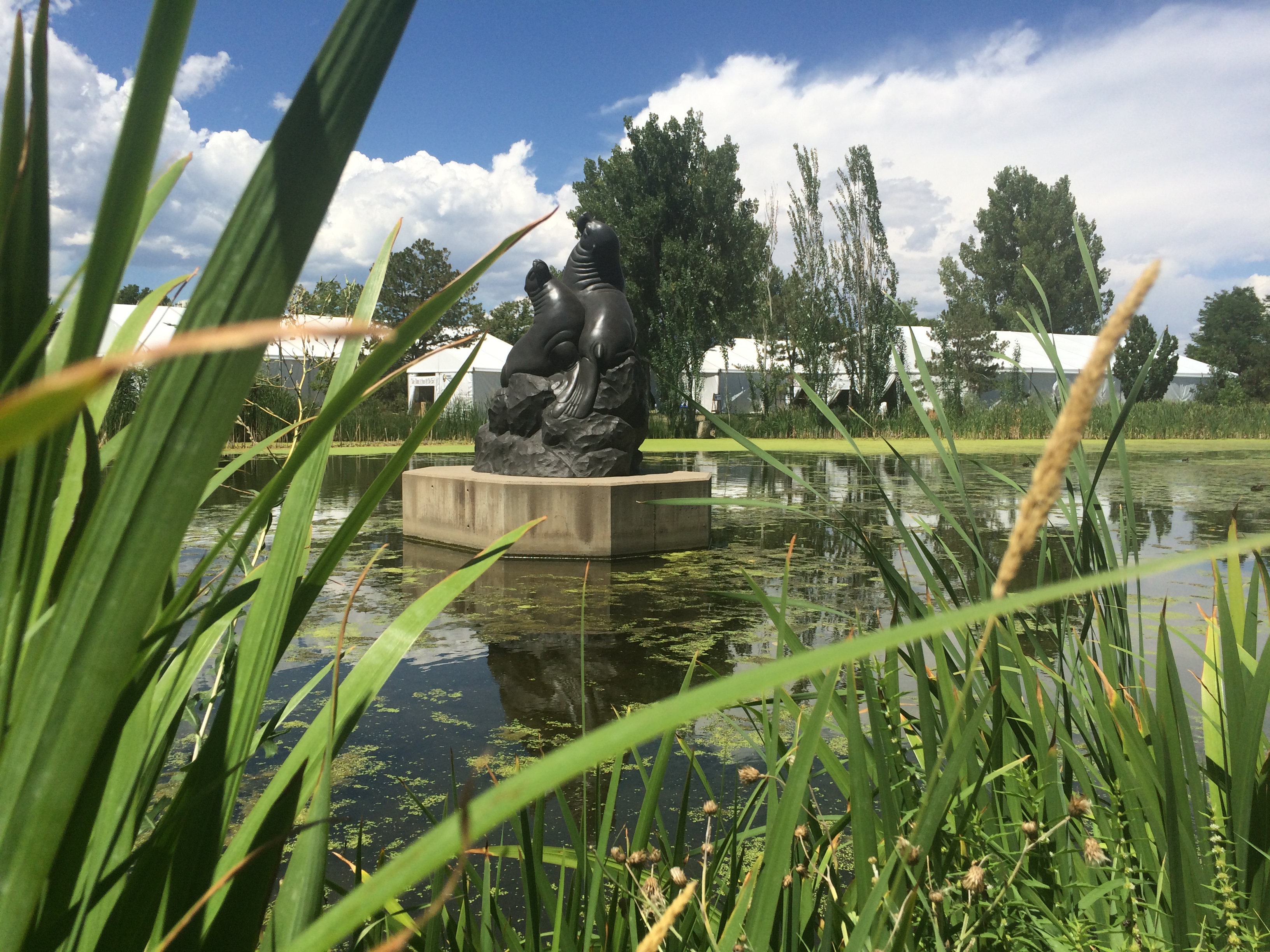Internationally known for its Valentine exchange program, Loveland is a vibrant and growing city that attracts thousands every year.
About 46 miles north of downtown Denver, 75,000 people call the sweetheart city home.
The city has a mix of houses and apartments, as well as a vibrant downtown and a few large shopping centers. It is home to about 675 businesses — everything from big-box retailers, to health care facilities, to boutiques and, of course, no shortage of restaurants and brewpubs to choose from.
Join us every Friday, on Instagram for a photo tour of the featured neighborhood!
A photo tour of Loveland
The birth of the town
Loveland began like many of the other towns around our state: with the discovery of gold.
In the late 1850s a gold rush had begun in Colorado. Gold was found in Cherry Creek near the Denver townsite and people were coming from all over to search that area and the rest of the state. One of these explorers, George Andrew Jackson, was leading an expedition from Fort Laramie to Denver. However, when they arrived in the Big Thompson Valley, several of his men decided to stay there for the winter.
They built cabins and established a trapper's camp. Impressed by the abundant natural resources in the area, others soon followed including well-known mountain man Mariano Medina.
Medina built a ferry service to help transport travelers across the river safely. For a fee, of course. Soon a trading post, saloon, lodging and even post office followed. The site became known as Namaqua.
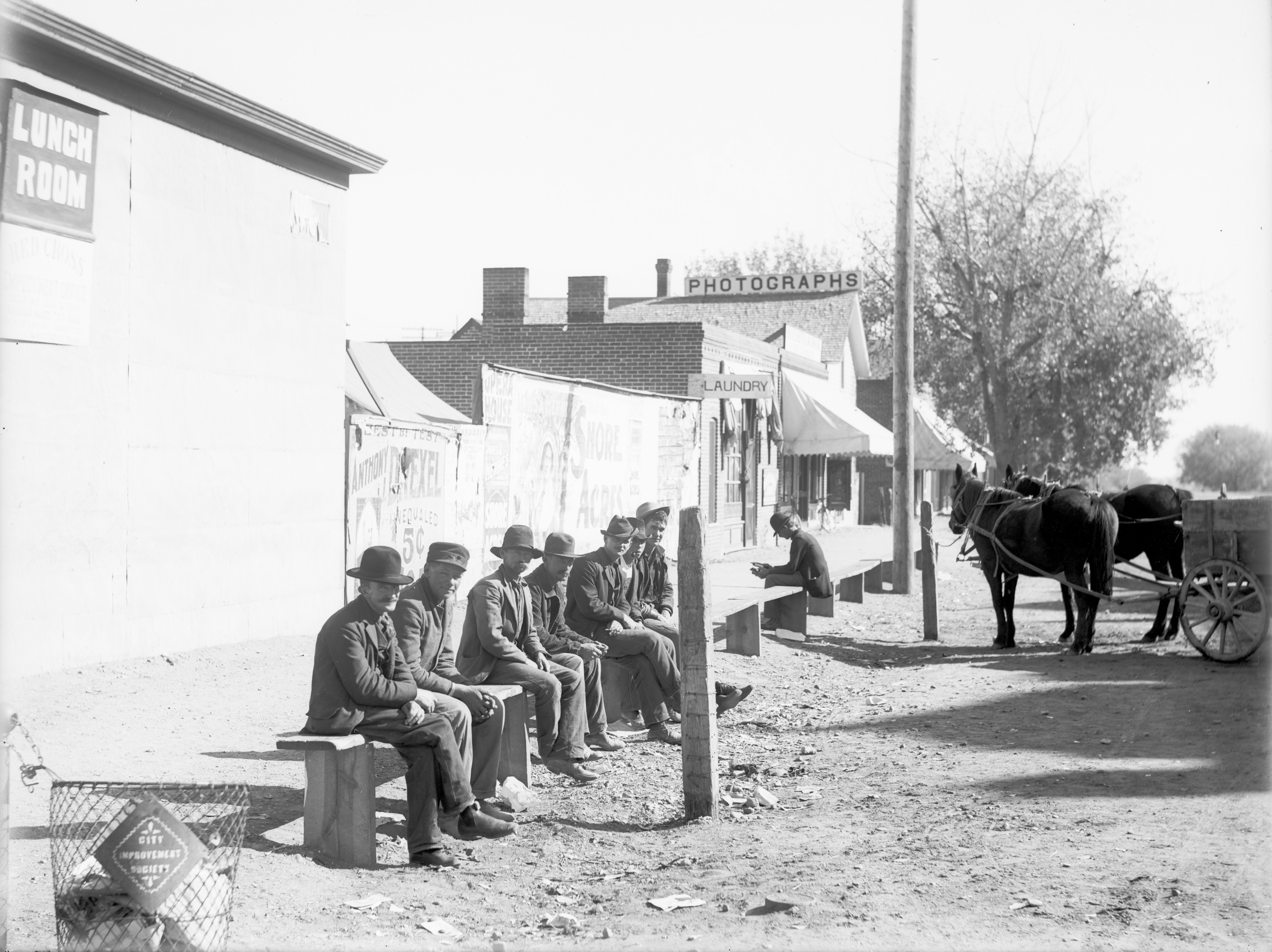
At the same time, free land from the Homestead Act attracted aspiring farmers who would sell hay to neighboring mining camps. This would soon expand to other crops especially after the introduction of irrigation in the area. Nearby another settlement, St Louis began to compete with Namaqua.
In 1877 the Colorado Central railroad was expanded from Longmont to Fort Collins. However, the new lines did not pass through either of the established town sites. A new settlement was built and nearly all the business in St Louis and Namaqua either moved or were forced to close. Loveland was born.
Growth and expansion
By 1878 downtown Loveland was starting to take shape and only three years later the town’s 51 residents voted to officially incorporate.

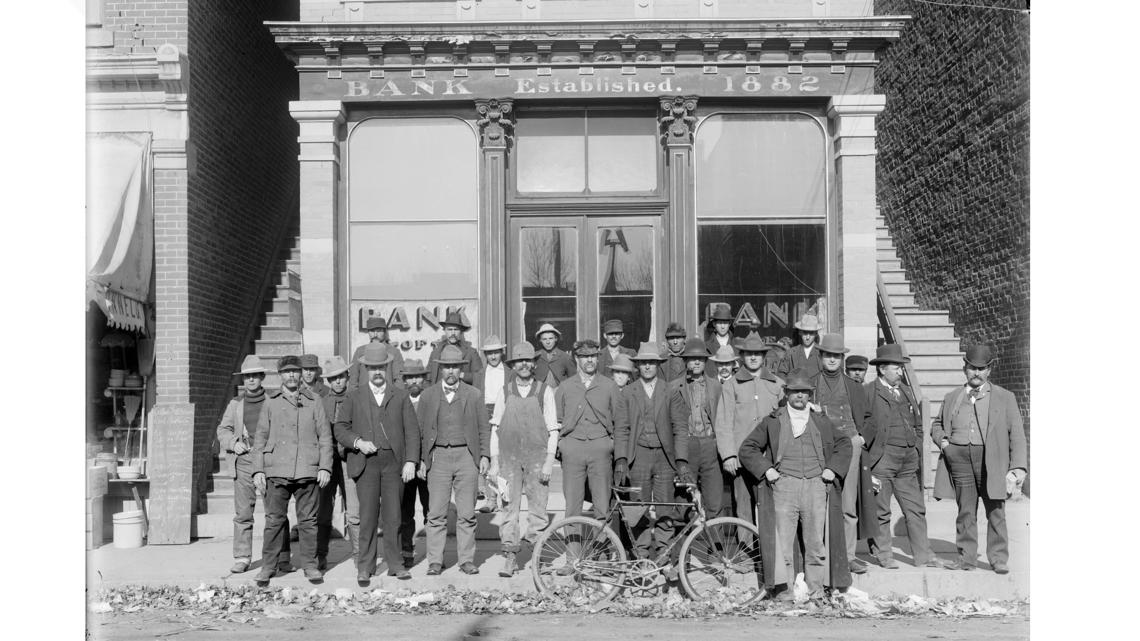
Since the railroad was the reason for Loveland’s existence, activity centered around the tracks. A general store, meat market, grocery store, hotel, livery, blacksmith shop and doctor soon lined the 4th St corridor. This would remain the center of economic activity in Loveland for nearly a century.
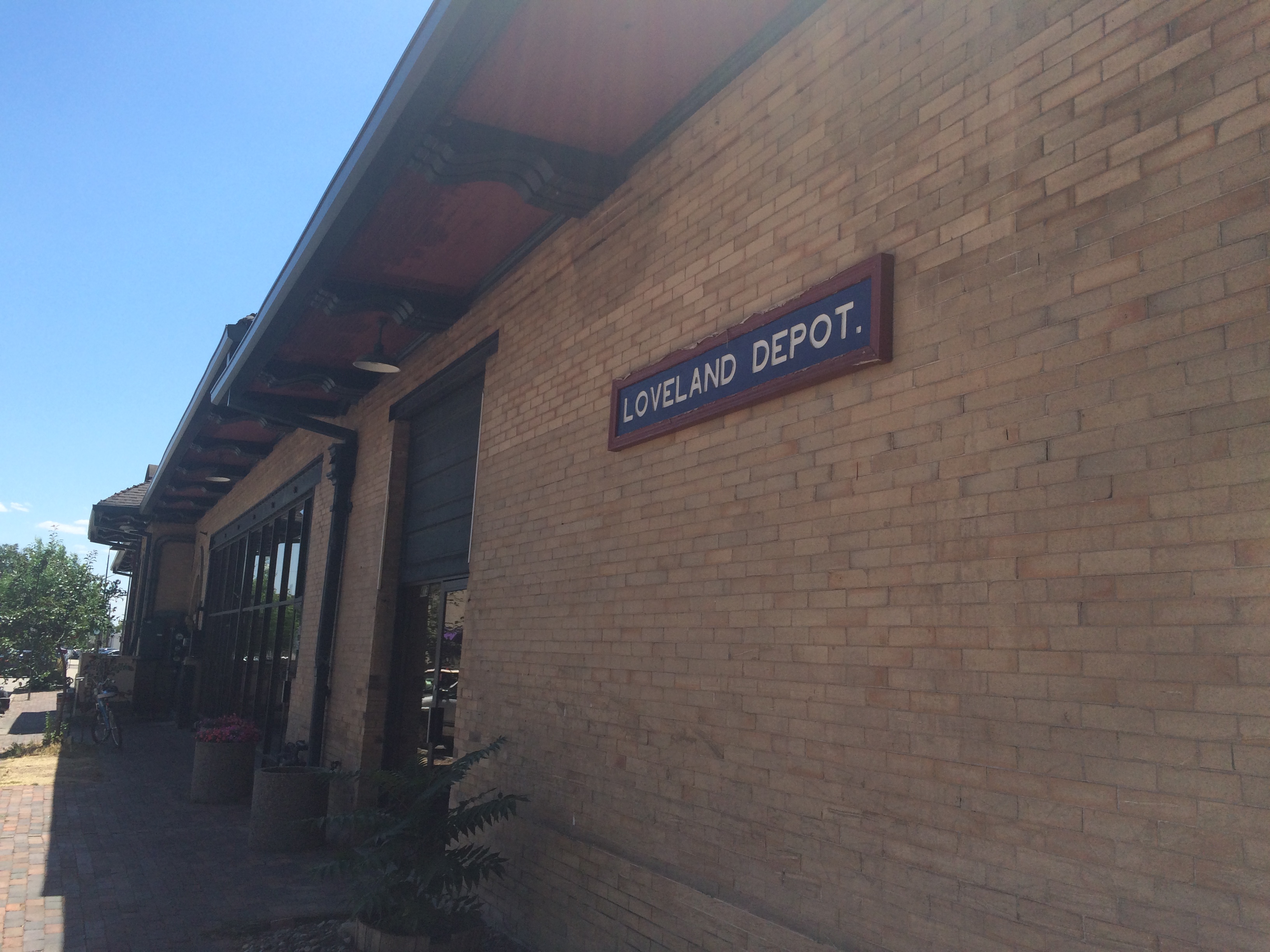
Loveland remained dependent on agriculture for the first half of the 20th century. Sugar beets and sour cherries provided the area’s primary crops and by the 1920s the Spring Glade orchard in Loveland was the largest cherry orchard west of the Mississippi. They would produce in excess of $1 million worth of cherries every year until they closed.
In the 1970s large shopping centers began moving into the area. They were built closer to the highways, away from the original downtown area. Local businesses struggled to compete with department stores that could offer more choices and cheaper prices. The 4th Street business district fell into a state of neglect.
Interest in downtown Loveland perked back up in the 1990s and many of the original buildings were updated and restored. Thanks in part to a redevelopment project led by the city, businesses began moving back into the area. Today, it remains a busy hub of popular dining and shopping.
Business and industry
From its start, Loveland has been a hub of industrial production. Grain elevators and flour mills helped to process and distribute the abundant crops first found in the Valley, then a sugar factory and canning operations helped to expand the opportunities.
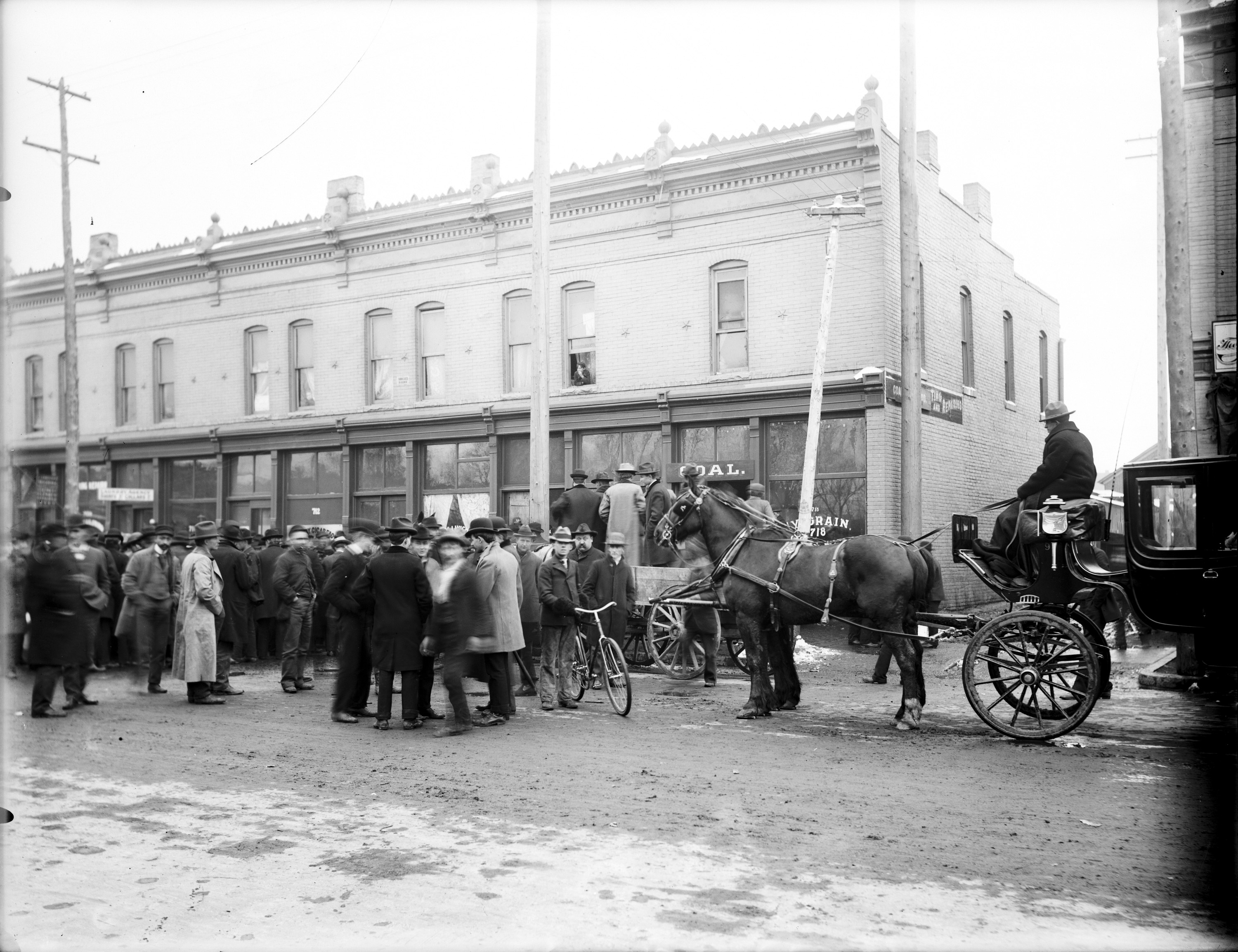
Beginning in 1925 Nehi and RC Cola beverages were produced out of the Loveland Bottling Company. Hewlett Packard came to the town in the 1960s.
Even LEGO bricks were produced in Loveland for a short time. In 1961, Samsonite signed a 99-year license to be the sole distributor of LEGO in North America. They started out by manufacturing the toy bricks in their existing factory in Ontario but soon outgrew the space. In April of 1965, the company opened a 50,000 square foot facility in Loveland dedicated exclusively to producing LEGO. A dispute ended the license agreement in 1972 and the plant closed shortly after.
Today, the city's growth has pegged it as one of the Colorado Department of Transportation's target areas for highway construction. A $230 million plan to expand Interstate 25 between Loveland and Fort Collins will soon be underway.
Two of the four major projects that make up the Go NoCo initiative, a push for tourism projects in Northern Colorado, are also slated to be built in Loveland. The plan is to create an Olympic-level whitewater park and an adjacent water park and hotel.
One of Loveland's hospitals, Medical Center of the Rockies, is ranked third in the state among U.S. News & World Report's annual report of the top hospitals in America.
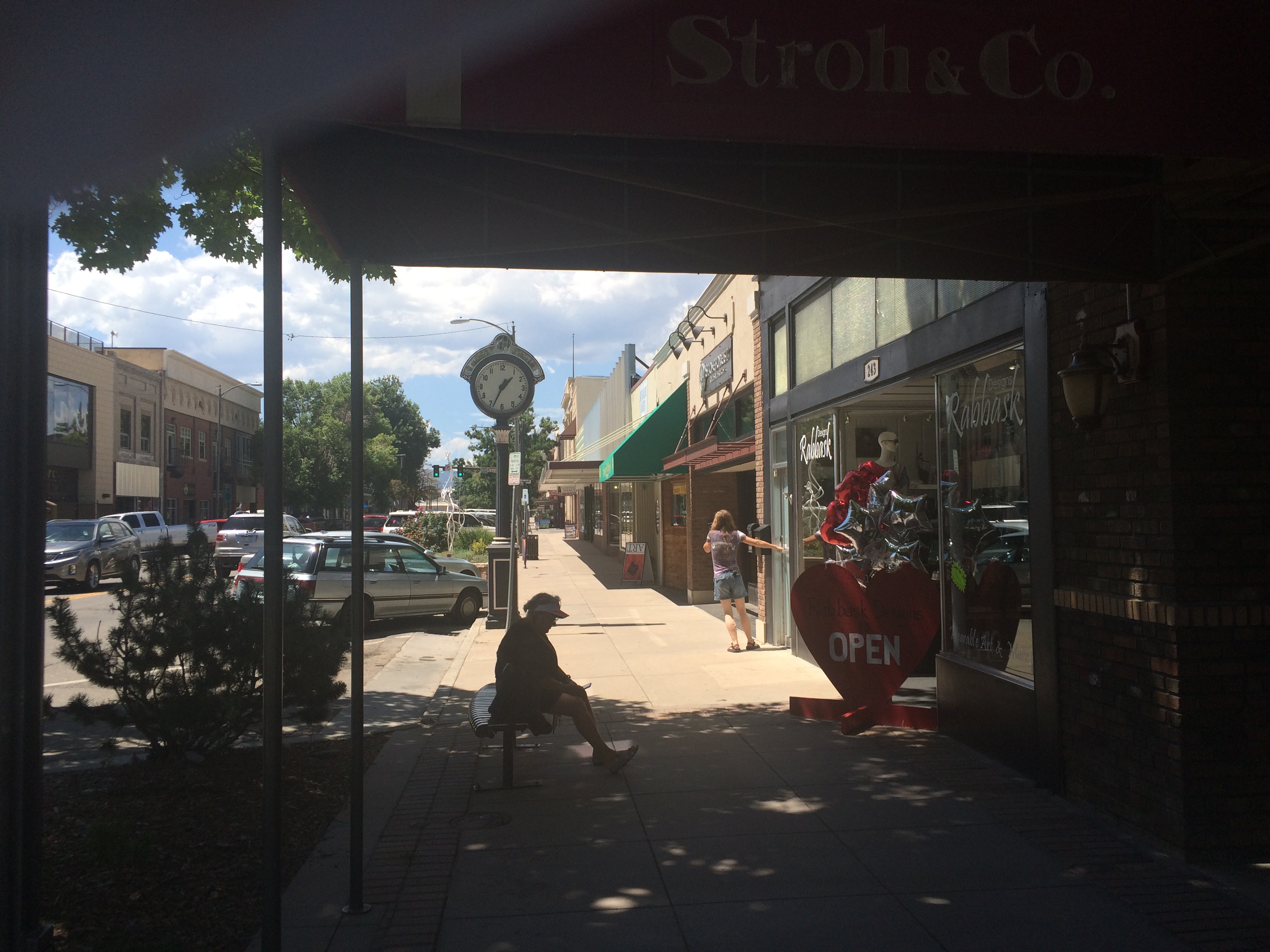
Of the slew of restaurant in Loveland some of the best-rated include Nordy's BBQ & Grill, a spot to chow down on hickory-smoked ribs, brisket and pulled pork, or if a good steak is more your jam, try The Black Steer. The Human Bean is a great spot to sip a latte or relax in a cozy atmosphere.
For craft beer lovers, there are several options: Grimm Brothers Brewhouse serves up a wide range of craft creations, such as Altbier (made in the traditional, old-school German fashion), Fearless Youth (a Munich Dunkel Lager), 3 Golden Hairs (a Bohemian Pilsner) and many more. Another option is Backbone Gourmet Grub & Brewhouse, which serves traditional American fare alongside custom brews and all-around favorites like New Belgium or Oskar Blues Brewery. And Crow Hop Brewing Co. serves up award-winning brews like the Afternooner IPA, 'Rado's Red Ale and the Window Screen Wheat. (They also took home a first-place medal at last year's Great American Beer Festival).
Don't like craft beer? Loveland also has a spot totally devoted to hard cider. Climb Hard Cider Co. creates handcrafted cider in-house. Yum.
Outside of the food-and-drink realm, Loveland has a host of quaint boutiques and small businesses to choose from, especially in its downtown area. Cloz to Home has unique styles and a range of gift options. Just down the street, Vintage Willows is known for its fashionable and affordable items for teens and young women. Also nearby, Rabbask Designs Local Artisan Boutique & Gallery has everything from stunning glass art and sun-catchers, to chic scarves, to one-of-a-king jewelry and more.
With love from Loveland
Known as the nation’s sweetheart city, Loveland takes its name seriously.
Every year, thousands of people send Valentine’s Day cards through the city. Its re-mailing program stamps about 150,000 cards with a special poem before they head out to their final destinations in all 50 states and 110 countries.
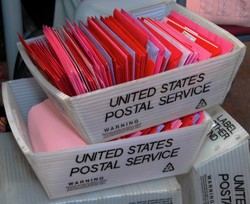
The program is run completely by volunteers who spend weeks stamping the cards. Prospective stampers can spend years on the waiting list. It's currently 70 names long.
This year was the 70th anniversary of the Loveland Valentine Remailing Program.
The city also creates an official Loveland Valentine card each year. Residents submit their designs for the card and the chamber of commerce combines a few of the best to create the card.
And if you really want to get in the romantic mood around the Valentine’s Day holiday, take a stroll or drive through the city. Wooden hearts with personalized messages of love adorn light poles throughout the town. A local rotary club sells the hearts and local students help to paint the messages on them. The tradition has been going on for over 40 years.
Loveland Arts Festival
Loveland is also well known for its abundant art scene. And for one week a variety of festivals bring it front and center.
One of the largest and oldest, Art in the Park, takes place at North Lake Park. This will be the 50th year of the festival and it will include well over 100 art vendors, food and live music.
The hugely popular Benson Sculpture Garden also hosts its own festival: Sculpture in the Park. In addition to walking around the garden’s permanent collection visitors can view and purchase sculptures from a wide range of artists in the US’s largest outdoor show and sale of its kind.
The newest event the join the group is the Loveland Fine Art and Sculpture Invitational. Also taking place at the North Park Lake and Loveland High School, the event will showcase original work in a variety of mediums from artists across the country. There is also food, entertainment and wine tasting available.
Combined, the events draw over 30,000 people to Loveland. All three are in walking distance to each other and shuttles run regularly between them and downtown Loveland.
The Loveland Fine Arts Festival is taking place the weekend of August 12-14 this year. Art in the Park runs Saturday and Sunday, August 13 and 14. Sculpture in the Park is held Friday, August 12 through Sunday, August 13.

